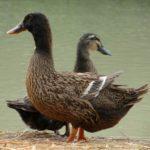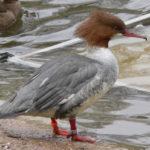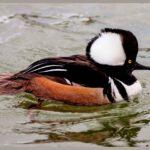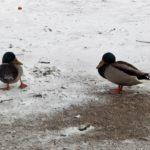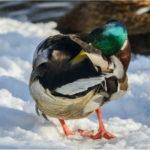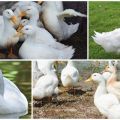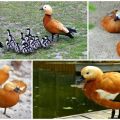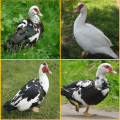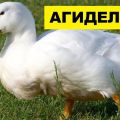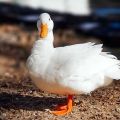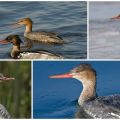Where ducks fly for the winter and features of migration, reasons for returning
Wild ducks belong to the category of migratory birds that are forced to migrate to warm countries every year. The birds need it to survive. The main reasons for migration include lack of nutrition and unfavorable climatic conditions. The birds are carefully preparing for the flight. They gain weight and teach youngsters to travel long distances. So where exactly do ducks winter?
Why do birds need wintering?
Ducks fly away to winter in a mild climate for various reasons. These include the following:
- heredity;
- worsening weather conditions;
- biorhythms;
- nutritional deficiency;
- instincts.
The main reason for moving is the lack of food in winter. Wild ducks primarily feed on insects that hibernate or die out in winter. The birds also eat grass. With the arrival of cold weather, it is very problematic to find such food. Ducks also fly away from warm countries. This is due to dry weather and a shortage of clean water.
Another factor that creates the need for flights is a change in habitat - it includes nesting, wintering and migration zones.
Ducks make their flight without rest or make short stops. In the temperate climate zone, which is located in Europe, their living environment has changed a lot. Between the homeland of birds and the wintering area, there is a territory that for some birds is considered a zone of permanent residence. The reservoirs there never freeze. This is mainly typical for large cities.
Migration types
Birds fly to other regions for the winter to wait out the cold and cope with food shortages.
Scientists identify several types of temporary movement of ducks:
- The first type is tied to the birth of offspring. When the ducklings are grown up and slightly stronger, the ducks will form flocks and fly away. At the same time, drakes are included in the first group of migratory birds. After them, chicks fly and only then - ducks.
- The second type of migration is due to seasonal molting. At the same time, new feathers grow in birds. They wait this time in the transit area. For example, ducks that winter in the Mediterranean are on the banks of the Volga during molt.
- The third type is caused by the return of ducks home. Their summer passes there, and new chicks are born. After this period is over, ducks form flocks again and fly south.
Wintering places of our ducks
The main task of moving birds to the south is considered to be the search for habitats with an optimal climate. In doing so, they look for regions with a lot of food and water. With the arrival of cold weather, birds fly away from different regions of Russia. They are heading west.At the same time, the flight time depends on the region. So, ducks leave Siberia earlier. In this case, birds can wait out molt in the south of Russia. Birds leave Moscow around October. With the arrival of spring, they return in the same flock back. The summer is the period of nesting and breeding.
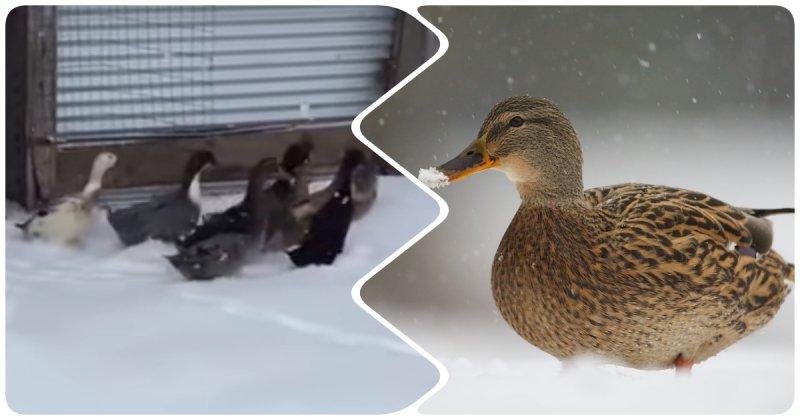
Many people are interested in exactly where the birds are moving. The main destinations include the following:
- southern Europe - ducks move to the Mediterranean coast for the winter;
- Asia Minor - many birds fly to Iran or Turkey;
- the coast of the Azov Sea;
- Caucasus;
- North Africa - birds live in regions that belong to the Mediterranean basin;
- the coast of the Caspian Sea.
Sometimes wild ducks spend the winter in the Baltics. This region also has access to the sea and plenty of food to withstand the cold. Many ducks fly from Russia to France. There they settle on the banks of the Rhine and Loire.
Duck wintering zones are variable. Their change can be associated with various factors. The key of them is food. When one region becomes uninhabitable in winter, ducks are forced to look for another.
Features of migration
The peculiarities of ducks migration have not been fully studied. People are often interested in where ducks move in the fall with the onset of cold weather and how they determine the time to return back. Bird watchers cannot give a precise answer to these questions. Research into the features of migration continues today.
The desire of birds to fly is laid in them at the genetic level. The transfer process has many features. Drakes and ducks start preparing for migration in advance:
- Birds gain more weight. They settle in reeds to avoid attacks by predators.
- By September, molt is completed, and new feathers appear in the birds. At this time, the chicks grow up and become stronger. At this stage, they are able to fly south with their parents.
Building birds during flight
Ducks move in a wedge or column shape in a flock. Moreover, they are placed at an angle in relation to the flight route. This is due to the air currents raising the wings during flight.
Placing the birds in a wedge shape helps to reduce by 10-20% the expenditure of the forces of the birds that are located behind the front bird. If they line up in a single line, the flow of air that lifts the wings of the front bird will disrupt the path of the rear bird.
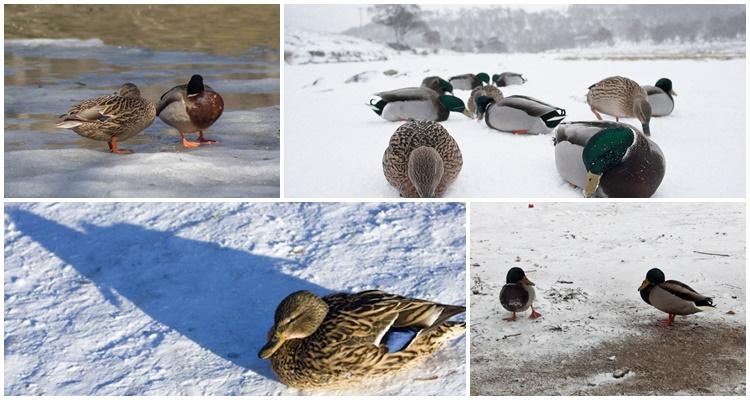
The wedge is headed by the strongest individuals. In this case, the leader controls the direction of the flight. This process is considered quite complex. Often, birds are forced to fly non-stop for a long time.
Reasons for return
Migration slabs that have wintered in warm regions, as a rule, return to the area of the previous summer camp. The main factor is the lack of food in the wintering area. The local birds that live there also give birth to chicks. As a result, food becomes scarce. This encourages the ducks to return to their native lands.
Migration of ducks is considered a rather complex and interesting process, which is still being studied by ornithologists. Before wintering, the birds undergo thorough training, and then fly away to warm lands.
